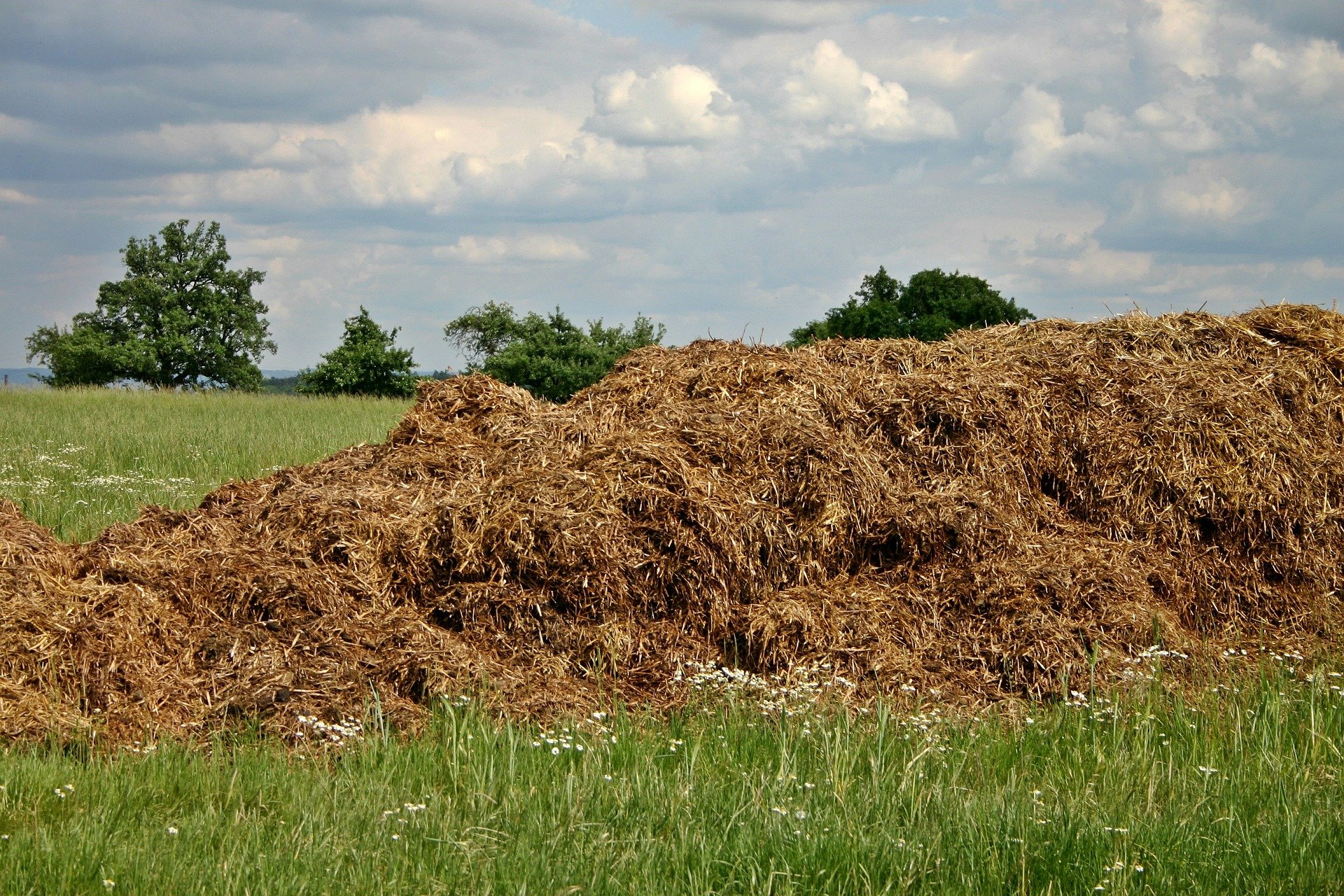Leveraging Electromigration in the Garden

This is an update to the original article published back in 2013...
Leveraging Electromigration??
If you're wondering what electromigration is - Let me explain. In brief, when an electric field is applied across a medium, whether it's a fluid or soil, the electric field causes ions or polar molecules/colloids/etc - anything mobile with an inherent charge - to move towards the oppositely-charged electrode.
I first heard about this while researching my book on electro-horticulture. One thing that stuck with me over all these years was the concept of using "wet electrodes" for fertilization. What this means is that some old-world electroculture farmers would leverage the use of electroculture by using it to fertilizing their fields, "remotely". (Apologies, but I forgot the experimenter / source reference)

In the wet electrode setup, one electrode is placed into a pile of manure at one end of the field, and in the other end of the field is another set of electodes.
Due to the concept of electromigration, the ions within the manure will travel within the soil volume, slowly, eventually making it to the other side of the field. In this way, farmers can potentially substantially reduce the labor needed to supply a constant supply of nutrients into their fields. Sounds like a pretty cool idea to me.
This technique is very common in DNA analysis circles, as it is used for separating out charged molecules according to size. In this setup where it's called gel electrophoresis, the concept here correlates to the fertilization example above. You can read more about it at the following link...(Source: https://www.yourgenome.org/facts/what-is-gel-electrophoresis)

Another place electromigration is used is in the cleanup of toxic waste from soils. In this context, it's typically done on an "industrial scale" meaning that high currents are used to move any charged toxic metals or chemicals in a field to one side or another. On each side are dug pits that include electrodes that have fluid pumped down for keeping the current-flow up and back up for the removal of the collected waste products.

Idea: Using it Against Black Walnut Trees...
Long ago, while hanging out with a friend in her back yard, I was inspired while chatting with her about her desire to have a garden. While their yard seemed to be very shady, they thought that the bigger problem was their enormous black walnut tree, and the toxic root exudate that it produces, juglone.
Knowing that electric fields in soil are capable of a number of useful effects, I came up with two ideas (because now I think of everything with respect to the crazy things you can do with electric fields!):
- Using electricity to transport the tree's toxic root exudates away from our desired crop
- Using electricity to move our crop’s roots away from the tree’s roots.
Electronic Transport of Plants’ Root Exudates
In case you didn’t know, it’s possible to use DC electric fields to transport a range of ionic substances from one area to another. This is commonly used in high-tech biomedical systems ranging from microfluidic systems to the analysis of DNA using gel electrophoresis. If it could be used in the lab, then how about outdoors, in the soil? Using the same method as for electrokinetic remediation, but at much lower power, I thought that perhaps it would be possible to move the toxic root exudate that black walnut produces away from any desired plantings. If juglone can be transported through the soil using some form of electromigration, then there is a chance this may work. Does anyone have any idea of what charge it may have? if someone is able to isolate some of it, perhaps by letting some black walnut roots deteriorate in some water, maybe an electric field can be applied to it and perhaps one can view a change in the concentration of color??
Electronic Movement of Root Systems Away From Toxic Exudates
There may be another solution. One researcher of plant electrophysiology, Andrew Goldsworthy, applied external electric fields to callus cultures, and found that newly forming root cells had a charge associated with them, and found that they grew towards the oppositely charged electrode.
Perhaps this could be used to help direct the roots of a plant we desire to nurture away from roots that emit toxins.
Realize that in a simple configuration, when the field is applied, both sets of roots will grow in the same direction. I suppose that the placement of the electrodes, their polarity, and the age and spatial relationship between the different plant species will make a difference. This could be a really cool topic of exploration!
Do you think either of these approaches will work? Let me know what you think in the comments.
